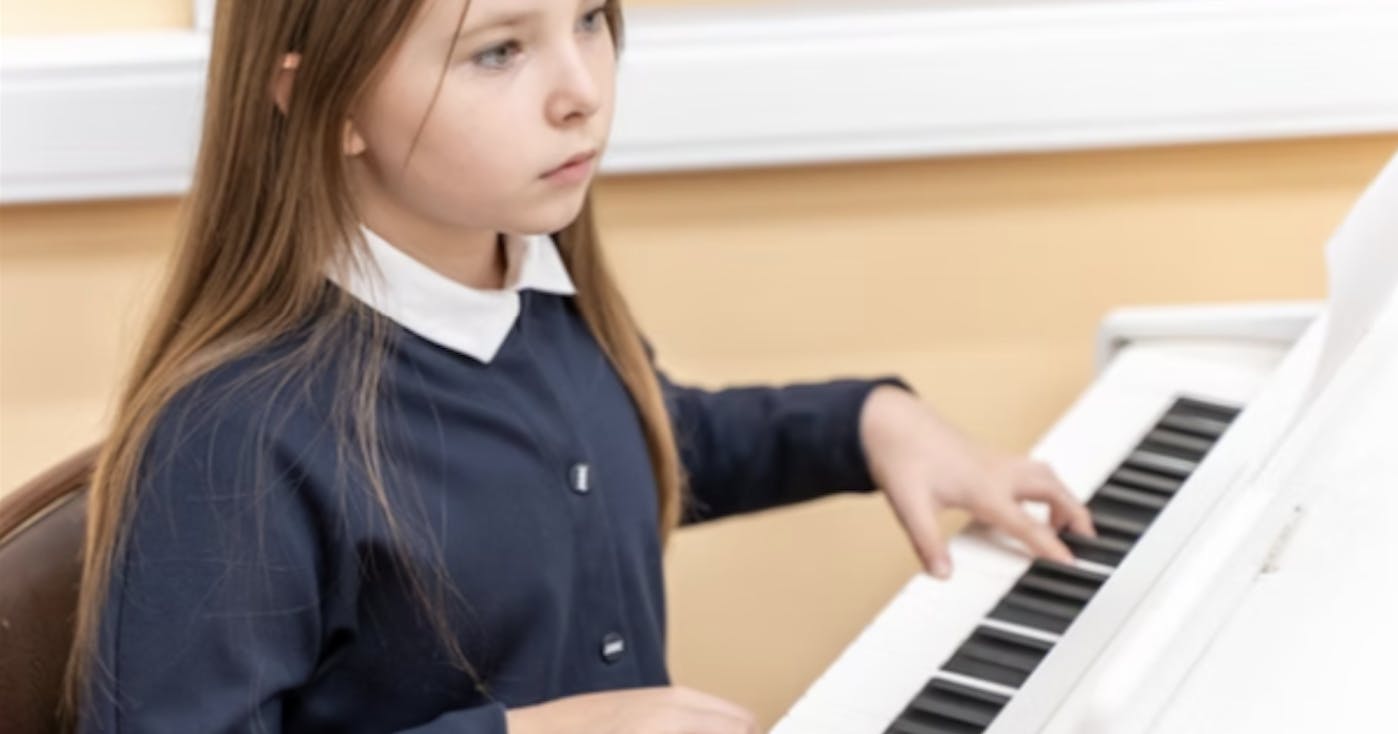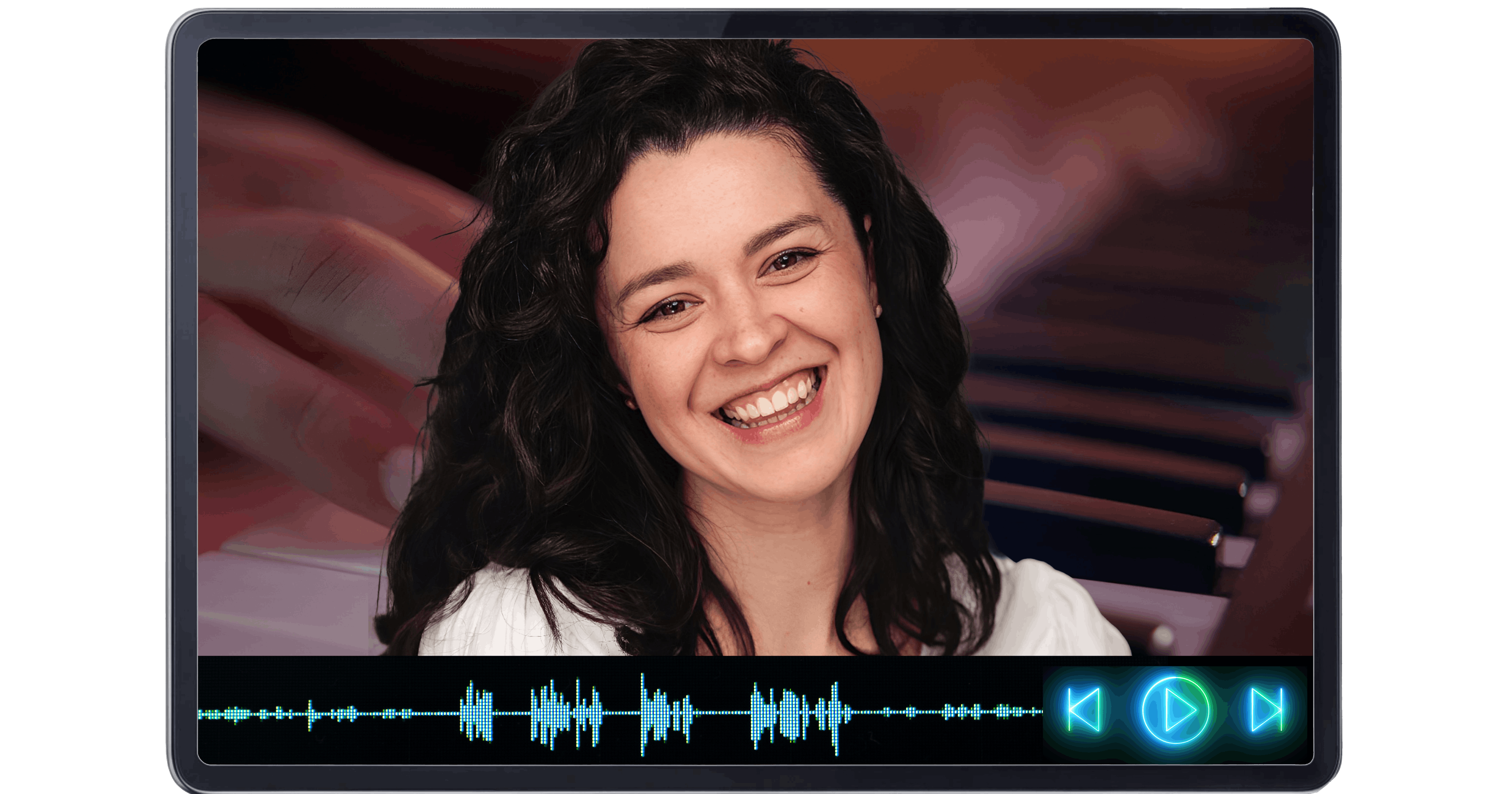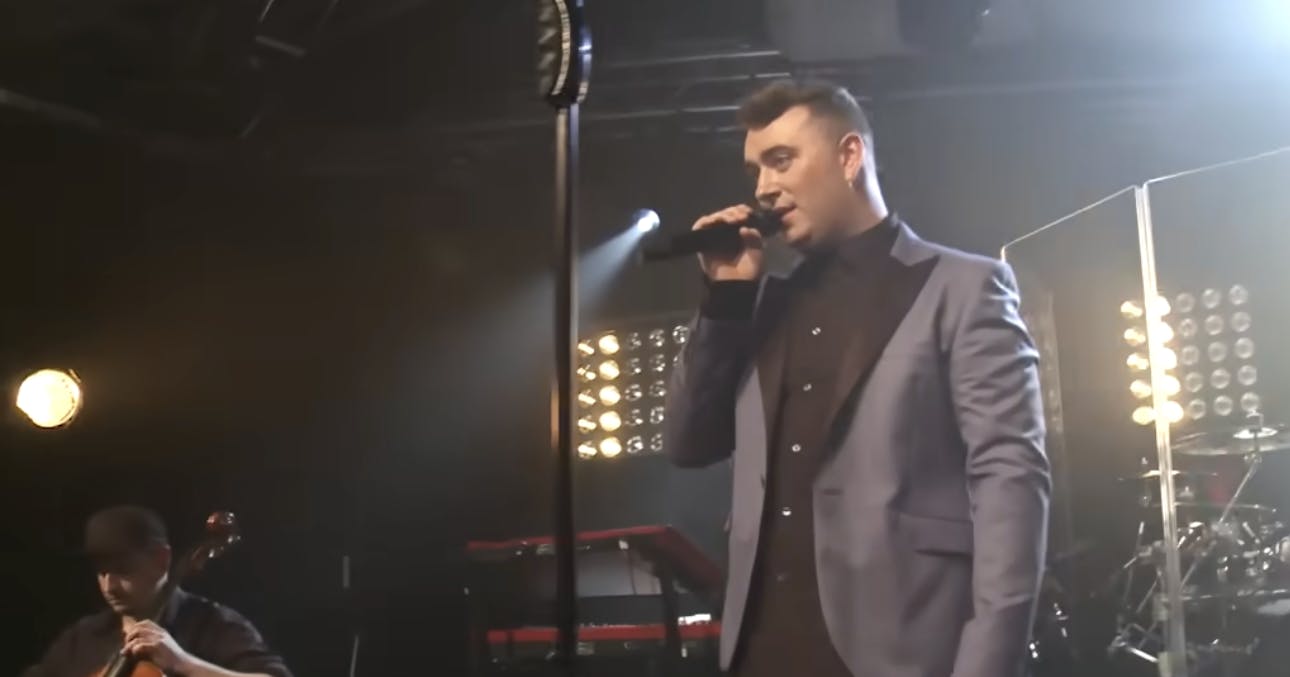If you’ve ever picked up a guitar, chances are you’ve tried to play Wonderwall. It’s one of those songs that lives somewhere in every guitarist’s fingers, even if they don’t realise it yet. The first few strums are instantly recognisable. They turn heads at parties, quiet a room, and get people singing whether they mean to or not.
But Wonderwall is more than just a campfire classic. It’s the sound of an entire generation bottled up in six strings. And now, with Oasis back together for the first time in sixteen years, that song has found a new pulse. It’s no longer just the anthem of the nineties; it’s a reminder of how music can bring people back together — even people who swore they never would be.
This is the story of how to play it, why it still matters, and what made the world fall in love with it all over again.
The Song That Refuses to Grow Old
When Oasis released Wonderwall in 1995 on What’s the Story (Morning Glory?), they probably didn’t realise they were creating one of the most enduring songs of all time. Noel Gallagher wrote it in a small flat in Primrose Hill, thinking of his then-girlfriend Meg Mathews. Years later, he admitted it wasn’t really about her at all, but about an imaginary friend who would “come and save you from yourself.”
Maybe that’s why it stuck. There’s something universal in that idea — a kind of quiet hope under the swagger.
Wonderwall hit number two in the UK and broke through in America, where Britpop was still something of an exotic import. For once, Oasis weren’t just the loud, chaotic brothers from Manchester; they were poets with guitars.
Three decades later, Wonderwall is still one of the most searched phrases on Google for guitar learners. “How to play Wonderwall on guitar” brings in millions of queries every year. It’s the gateway song — the one that makes beginners feel like musicians for the first time.
The Simple Magic Behind the Music
Part of the reason Wonderwall has endured is that it sounds far more complex than it actually is. Beneath the melancholy melody and swirling chords lies one of the simplest progressions in pop music.
The song uses just five chords: Em7, G, Dsus4, A7sus4 and Cadd9. It looks intimidating written out, but here’s the secret: your ring and little finger never move. They stay anchored on the third fret of the B and high E strings through almost the entire song.
That anchoring creates the droning, open sound that makes the song shimmer. Once you’ve got those shapes under your fingers, the rest is easy.
The rhythm, though, is what makes it feel alive. The pattern is a loose down–down–up–up–down–up strum that swings naturally once you stop counting and start feeling it. Many beginners overthink the timing; the trick is to let your strumming hand move continuously. Even when you’re not striking the strings, keep that motion going. The guitar breathes with rhythm, and Wonderwall’s rhythm is half of its heart.
If you want a small secret that instantly improves your sound, don’t lift your fingers fully off the strings when you switch chords. Slide them lightly instead. It keeps everything connected and gives you that smooth, flowing quality you hear on the record.
With a few evenings of practice, you’ll start to hear the real song emerging beneath your fingers. It’s a wonderful moment — the point where you stop thinking about where to put your hands and start feeling the music instead.
Learning the Song the Right Way
It’s easy to fall into the trap of teaching yourself from random YouTube videos. But if you really want to sound authentic, it helps to get feedback from a real musician. At Live Online Music Lessons, you can connect with experienced guitar teachers who specialise in helping beginners find their confidence quickly.
A good teacher doesn’t just show you the chords; they show you how to play well. They help with posture, hand position, rhythm, and tone — all the little details that separate a guitarist from someone who can simply press frets.
Most importantly, they keep you motivated. Every guitarist needs someone to say, “That’s it — keep going.”
If you want to learn Wonderwall properly, or move on to songs like Don’t Look Back in Anger and Champagne Supernova, check out the guitar teachers at Live Online Music Lessons. They can guide you step by step, and you’ll avoid the bad habits that slow most players down.
The Return of Oasis
For years, it seemed impossible. The Gallagher brothers, Liam and Noel, hadn’t spoken properly since 2009. Every time a fan asked about a reunion, one brother would roll his eyes and the other would throw an insult.
Then, in August 2024, Oasis announced their return. The news broke the internet. Within hours, millions of fans flooded ticket sites. By nightfall, Oasis Live ’25 was trending worldwide.
The tour marked the thirtieth anniversary of their debut album, Definitely Maybe, and it sold out in minutes. More than fourteen million people tried to buy tickets for a tour that could only accommodate a fraction of that. Fans called it “the musical equivalent of the moon landing.”
When the first show opened in Cardiff on July 4, 2025, it felt like a cultural event, not just a concert. Reviews described a roar so loud that even the band looked stunned. Liam swaggered onto the stage, tambourine in hand, sunglasses on, voice as rough and brilliant as ever. Noel followed, quiet and focused, but with that familiar smirk that said everything was going to be fine.
What Made the Comeback So Powerful
There was nostalgia, of course. For those who grew up in the nineties, Oasis were the soundtrack to youth — to nights out, cheap lager, and the belief that guitars could still change the world. Seeing them together again was like being given back a piece of time you thought was gone for good.
But there was more to it than that. The reunion carried emotion that went beyond fandom. After years of feuding, two brothers stood side by side again, older, greyer, but still standing.
When they reached the middle of the set and Liam introduced Wonderwall, the entire stadium seemed to hold its breath. “You lot sing this better than I do,” he said, grinning. Then Noel started the opening chords, and eighty thousand people sang the first verse in unison.
It wasn’t just a song anymore; it was a shared memory, revived.
A Night of Healing
Critics wrote that the reunion wasn’t just a comeback — it was a catharsis.
The Guardian called it “a masterclass in forgiveness set to guitar strings.” Rolling Stone said it felt “less like a performance and more like a reunion of old friends in a world that desperately needed one.”
Fans posted videos of tears, laughter, and strangers hugging each other mid-chorus. One woman told the BBC that she’d waited half her life for this. “When they sang Don’t Look Back in Anger, I thought — maybe none of us should.”
Even Noel, ever the cynic, seemed moved. During the encore, the brothers shared a brief hug — awkward, unplanned, but real. It was the moment fans had waited sixteen years for.
Why Wonderwall Still Matters
Every generation needs its song — the one that feels like it was written just for them. For the nineties, Wonderwall was that song. For 2025, it’s that song again, but with a different weight.
Now, when people play it, they’re not just covering a hit; they’re honouring a moment of reconciliation. They’re celebrating how music can heal, even the loudest wounds.
That’s why learning Wonderwall today feels special. When you strum those chords, you’re part of a story that’s still unfolding.
How to Make It Your Own
Once you can play Wonderwall, don’t stop there. Experiment. Try slowing it down, or fingerpicking the chords instead of strumming. Add a capo on the second fret to match the original key, and play along with the recording.
You’ll start to notice how small changes — the pressure of your fingertips, the tilt of your wrist — change the tone entirely. That’s where playing guitar becomes personal.
When you’re ready, move on to other Oasis songs. Live Forever teaches you phrasing. Slide Away builds strength. Don’t Look Back in Anger teaches control and melody. Each song adds a layer to your musicianship.
Again, a teacher can help you build a plan. Live Online Music Lessons offers personalised online tuition where you can learn at your own pace, with feedback that keeps you improving week after week.
The Soundtrack of Reconnection
What makes Oasis’s comeback so powerful isn’t just the nostalgia or the noise. It’s that rare feeling of being reminded that music still matters. In an age of playlists and algorithms, Oasis’s songs remind us of the human part — of passion, imperfection, and emotion.
Liam still sings like every note could collapse at any second. Noel still plays like he’s holding a grudge and a love letter at the same time. Together, they remind us why guitars captured hearts in the first place.
And in the middle of all that is Wonderwall — simple, honest, and eternal.
The Joy of Playing
When you finally play it yourself, when the chords ring clear and someone in the next room starts humming along, you’ll understand why millions of people have searched “how to play Wonderwall on guitar.”
It’s not about impressing anyone. It’s about joining a conversation that’s been going for thirty years — between fans, between brothers, between every person who’s ever needed a song to lift them.
Music doesn’t care how experienced you are. All it asks is that you play.
So tune up your guitar, plant your fingers on those strings, and start. Don’t rush it. Let the rhythm find you. In a few days, you’ll strum through the chorus and realise something wonderful: you don’t just know Wonderwall — you feel it.
And if you want a bit of guidance along the way, the tutors at Live Online Music Lessons are ready to help you sound your best. They’ve taught thousands of students exactly where you are now.
Final Thoughts
Oasis once said they didn’t believe in subtlety. They believed in feeling. That’s what learning guitar should be about too.
Wonderwall isn’t just a song for beginners; it’s a reminder that great music doesn’t need to be complicated. It needs heart, timing, and the courage to play.
As the comeback tour rolls on and the world sings those familiar lines once more, maybe that’s the real lesson: it’s never too late to start again — to pick up the guitar, to repair what was broken, and to let the music do the talking.


